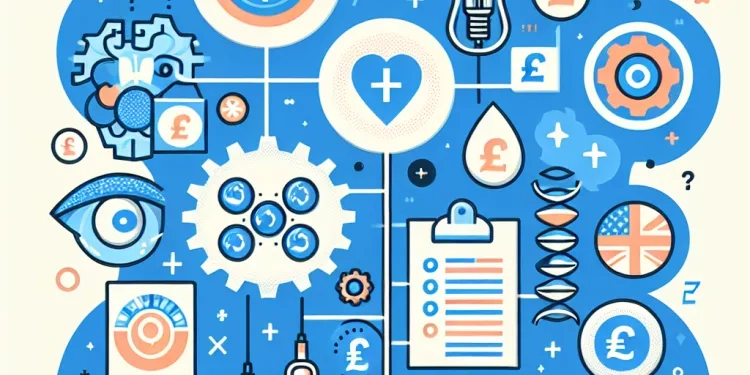
Find Help
More Items From Ergsy search
-
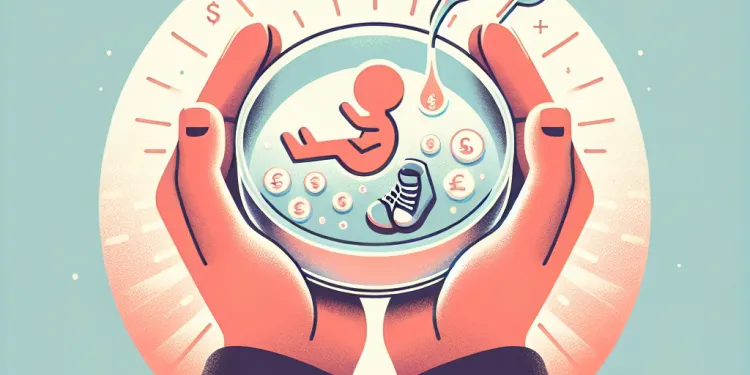
Is IVF successful?
Relevance: 100%
-
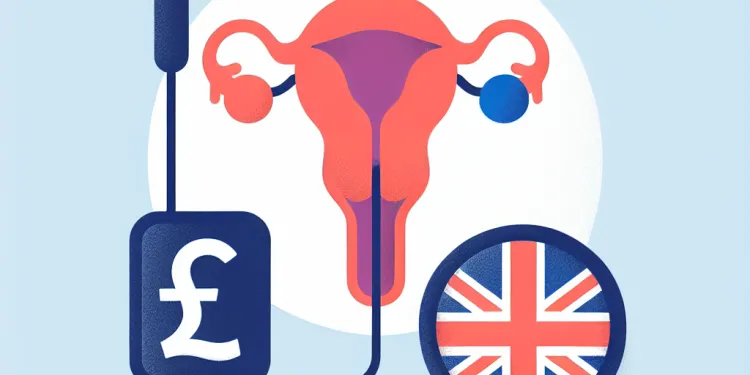
What is IVF?
Relevance: 100%
-
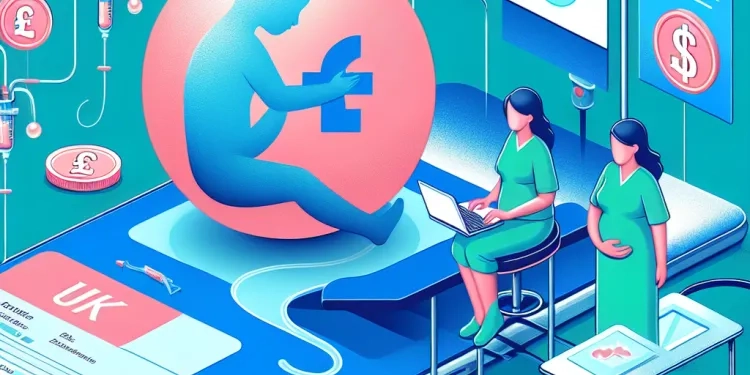
Are there risks associated with IVF?
Relevance: 95%
-

Who might need IVF?
Relevance: 93%
-

Does IVF guarantee pregnancy?
Relevance: 92%
-

How does IVF work?
Relevance: 90%
-
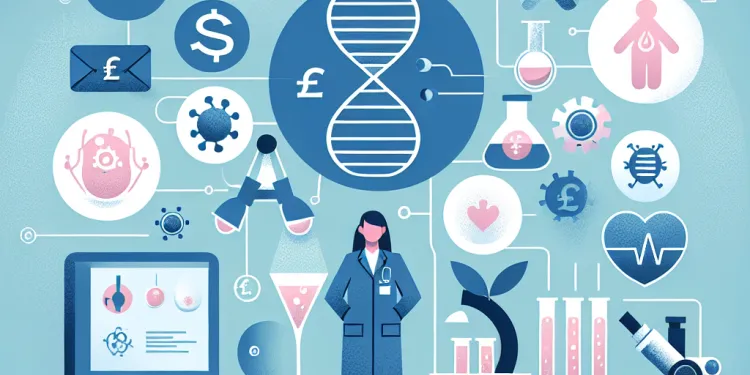
How is the sperm used in IVF?
Relevance: 90%
-

Does IVF require anesthesia?
Relevance: 89%
-

IVF Fertility Treatment from MumsNet
Relevance: 89%
-

What is IVF and how does it work?
Relevance: 88%
-

Infertility - IVF Treatment and Patient Information
Relevance: 87%
-

What is the role of the embryologist in IVF?
Relevance: 87%
-

Can IVF be used for gender selection?
Relevance: 86%
-
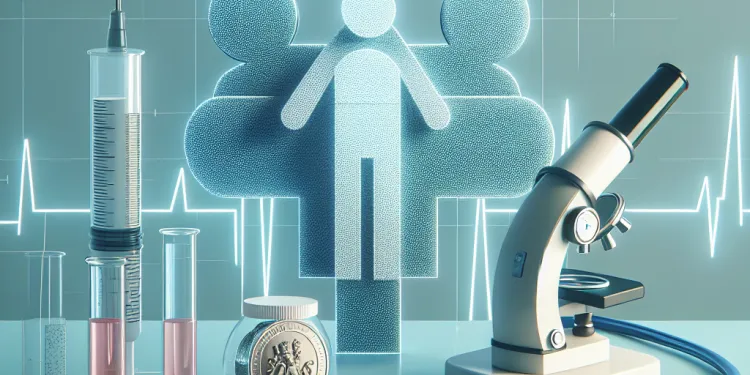
How do clinics determine if IVF is the right option?
Relevance: 86%
-

What are the main steps in an IVF cycle?
Relevance: 84%
-

Can IVF be done with donor eggs or sperm?
Relevance: 84%
-

What should I expect during IVF treatment?
Relevance: 84%
-
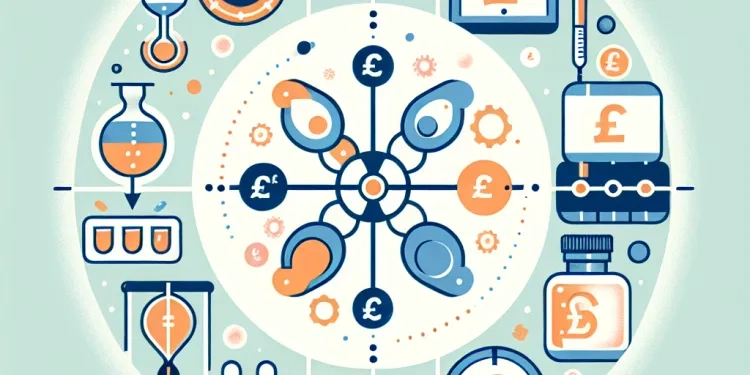
How long does an IVF cycle take?
Relevance: 83%
-

How many embryos are usually transferred in IVF?
Relevance: 82%
-
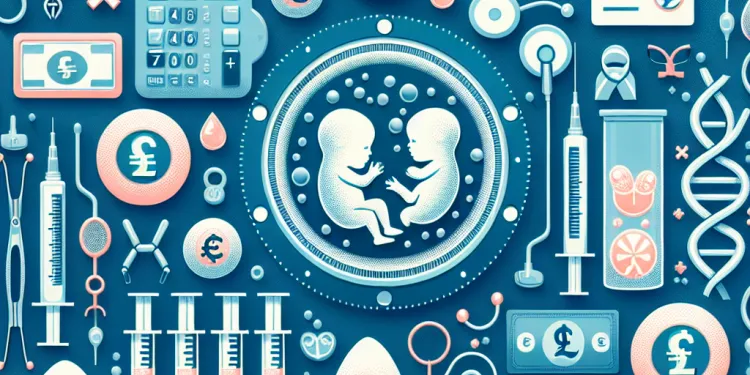
How are embryos transferred during IVF?
Relevance: 79%
-
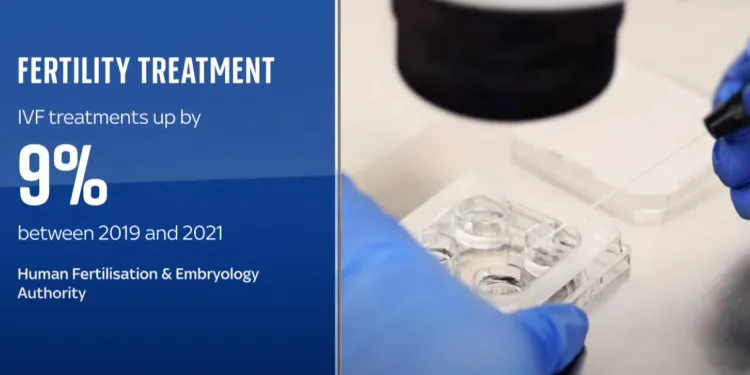
Fertility treatments on the up, but not via the NHS
Relevance: 39%
-

Female infertility explained
Relevance: 33%
-

How to apply for NHS funding to treat infertility
Relevance: 29%
-

What happens to unused embryos?
Relevance: 22%
-

What is egg retrieval?
Relevance: 20%
-
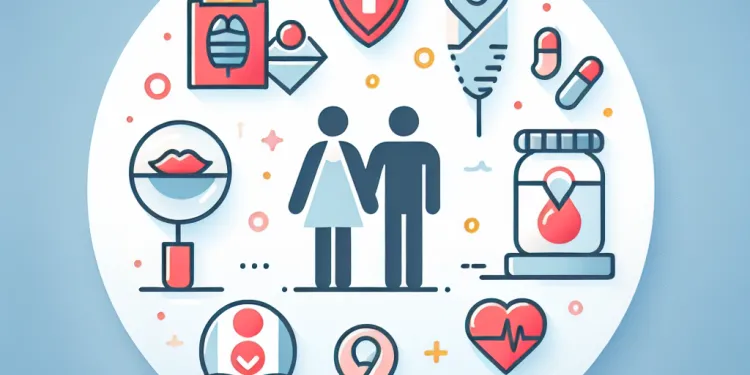
Is it safe for a partner of someone with HIV to have children?
Relevance: 13%
-

Can medications affect pregnancy test results?
Relevance: 13%
-

What are the reasons for female infertility?
Relevance: 13%
-
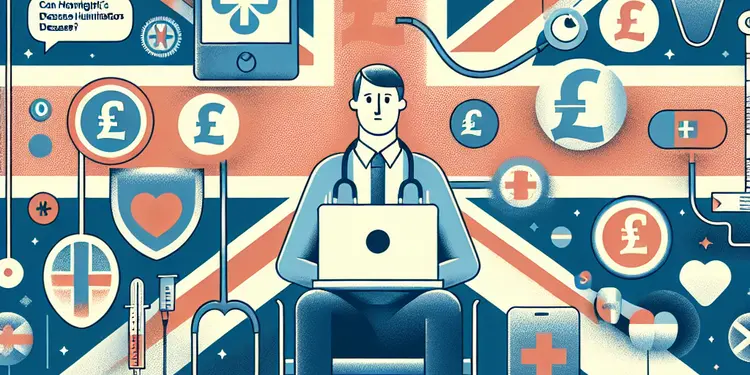
Can Huntington's disease be prevented?
Relevance: 13%
-

Ian Stones - Test him - Male Infertility
Relevance: 9%
-
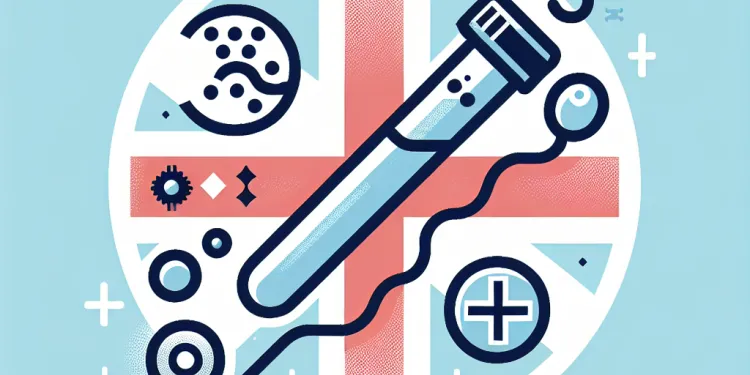
Is fertility affected by testicular cancer?
Relevance: 7%
Introduction to IVF
In vitro fertilisation (IVF) is a complex series of procedures used to help with fertility or prevent genetic problems and assist with the conception of a child. It is one of the most well-known forms of assisted reproductive technology. For couples and individuals experiencing fertility issues in the UK, IVF can provide a hopeful pathway to starting or expanding a family.
The IVF Process: Step by Step
The IVF process involves several steps that occur over a period of weeks. Each step is carefully monitored by fertility specialists to maximise the chances of a successful pregnancy.
Step 1: Ovulation Induction
The first step in IVF involves stimulating the ovaries to produce multiple eggs rather than the single egg that usually develops each month. Medications called fertility drugs are prescribed to encourage the ovaries to release more eggs. During this time, regular blood tests and ultrasounds are conducted to closely monitor hormone levels and egg production.
Step 2: Egg Retrieval
Once the eggs have matured, a procedure called egg retrieval is performed. This involves using a thin needle, guided by ultrasound, to remove eggs from the ovaries. This procedure is usually done under sedation and takes about 20 minutes to an hour.
Step 3: Fertilisation
After egg retrieval, the eggs are placed in a lab dish along with sperm to facilitate fertilisation. In some cases, a process known as intracytoplasmic sperm injection (ICSI) is used, where a single sperm is injected directly into an egg. This is often done in cases of male infertility.
Step 4: Embryo Culture
Once the eggs are fertilised, they are monitored as they develop into embryos. This stage lasts several days, during which time the embryologists assess the quality of the embryos. Not all fertilised eggs will develop into healthy embryos.
Step 5: Embryo Transfer
The final step in the IVF process is transferring one or more embryos into the uterus. This is done using a thin catheter and is typically a quick and painless procedure. If successful, one of these embryos will implant in the uterine wall, resulting in pregnancy.
Success Rates and Considerations
Success rates for IVF vary depending on numerous factors, including age, fertility issues, and the health of the individuals undergoing treatment. In the UK, the Human Fertilisation and Embryology Authority (HFEA) regulates and provides information on IVF clinic success rates. For those considering IVF, it is important to consult with healthcare professionals to understand the potential risks, benefits, and costs associated with treatment.
Introduction to IVF
IVF stands for in vitro fertilisation. It helps people have babies. IVF can also stop some genetic problems from passing to the baby. It is a well-known way to help people who have trouble getting pregnant. In the UK, IVF can help couples and individuals start or grow a family.
The IVF Process: Step by Step
IVF has many steps and takes several weeks. Doctors watch each step closely to make sure it works well.
Step 1: Ovulation Induction
The first step helps the ovaries make more eggs. Usually, a woman makes one egg a month. Special medicines, called fertility drugs, help her make more. Doctors do regular tests to check on egg growth and hormone levels.
Step 2: Egg Retrieval
When the eggs are ready, doctors perform egg retrieval. They use a thin needle to take the eggs out of the ovaries. This is done while the person is sleepy, and it takes about 20 minutes to an hour.
Step 3: Fertilisation
After getting the eggs, doctors put them in a lab dish with sperm. This helps the eggs get fertilised. Sometimes, doctors use a method called ICSI. In ICSI, they put one sperm directly into an egg. This helps if there is a problem with the sperm.
Step 4: Embryo Culture
When the eggs are fertilised, they become embryos. Doctors watch them grow for a few days to check their health. Not all fertilised eggs will grow into healthy embryos.
Step 5: Embryo Transfer
The last step is putting one or more embryos into the uterus. This is done with a thin tube and is usually quick and painless. If an embryo sticks to the wall of the uterus, it can lead to pregnancy.
Success Rates and Considerations
IVF success can depend on things like age and health. In the UK, there is a group called the HFEA that gives information about IVF clinics and their success rates. People thinking about IVF should talk to doctors to learn about the benefits, risks, and costs.
Frequently Asked Questions
What is IVF?
In Vitro Fertilization (IVF) is a procedure used to help with fertility or prevent genetic problems by manually combining an egg and sperm in a laboratory dish and then transferring the embryo to the uterus.
Who can benefit from IVF?
IVF can benefit those with blocked or damaged fallopian tubes, male factor infertility, ovulation disorders, endometriosis, unexplained infertility, or genetic disorders.
What are the main steps in the IVF process?
The main steps are ovarian stimulation, egg retrieval, sperm collection, fertilization, embryo culture, and embryo transfer.
How does ovarian stimulation work?
Ovarian stimulation involves using fertility medications to encourage the ovaries to produce multiple eggs for retrieval.
What happens during egg retrieval?
Egg retrieval is a minor surgical procedure where eggs are collected from the ovaries using a needle guided by ultrasound.
How is sperm collected for IVF?
Sperm can be collected through ejaculation or a minor surgical procedure if needed, such as testicular sperm aspiration.
What is involved in the fertilization process?
In fertilization, mature eggs are mixed with sperm in a laboratory dish. Sometimes, a single sperm is injected directly into an egg, a technique known as ICSI (Intracytoplasmic Sperm Injection).
How are embryos cultured in IVF?
Embryos are cultured in a laboratory for several days to monitor their development before being transferred to the uterus.
What happens during embryo transfer?
During embryo transfer, one or more embryos are placed into the woman's uterus using a thin catheter inserted through the cervix.
How long does the IVF process take?
The entire IVF process generally takes about four to six weeks from the start of medication to embryo transfer.
What are common side effects of IVF treatment?
Common side effects include mild cramping, bloating, breast tenderness, mood swings, headaches, and spotting.
What are the success rates of IVF?
Success rates vary depending on factors such as age, cause of infertility, and treatment type, but generally range from 20-40% per cycle for women under 35.
Is IVF painful?
Most IVF procedures are not painful, although some discomfort and mild pain can occur, particularly during egg retrieval.
Can IVF result in multiple pregnancies?
Yes, IVF can increase the likelihood of multiple pregnancies if more than one embryo is transferred.
Are there risks associated with IVF?
Risks include ovarian hyperstimulation syndrome (OHSS), multiple pregnancies, ectopic pregnancy, and potential long-term health impacts.
Can IVF guarantee a successful pregnancy?
No, while IVF can increase the chances of pregnancy, it does not guarantee a successful outcome.
How is IVF different from IUI?
IUI (Intrauterine Insemination) involves placing sperm directly into the uterus, whereas IVF involves fertilizing an egg outside the body and implanting the embryo.
What factors affect IVF success rates?
Factors include age, reproductive history, the cause of infertility, lifestyle, and clinic expertise.
How do lifestyle factors impact IVF success?
Factors such as a healthy weight, balanced diet, regular exercise, and avoiding smoking and excessive alcohol can improve IVF outcomes.
What should I consider when choosing an IVF clinic?
Consider factors such as success rates, clinic reputation, cost, location, and quality of care offered by the staff.
What is IVF?
IVF means having a baby with the help of doctors. They take eggs from the mum and sperm from the dad and put them together in a special dish. Then, they put the egg back in the mum's tummy to grow into a baby.
If you want to know more or need help, you can talk to a doctor or a nurse. They can explain IVF to you.
In Vitro Fertilization (IVF) is a way to help people have babies. Doctors mix a woman's egg and a man's sperm together in a special dish. Then, they put the baby embryo into the woman's belly.
Who can IVF help?
IVF might help:
- Couples who have trouble having a baby.
- Women with health problems that make it hard to get pregnant.
- Men with health problems that make it hard to have a baby.
- Single people who want to have a baby.
- Same-sex couples who want to have a baby.
If you need help understanding, you can:
- Talk to a doctor or nurse.
- Use pictures to help explain.
- Ask someone you trust to explain it to you.
IVF can help people who have:
- Blocked or damaged fallopian tubes
- Problems with the man's sperm
- Trouble with ovulation (when the woman’s body releases an egg)
- Endometriosis (tissue like the lining of the womb grows outside it)
- Unknown reasons why they can’t have a baby
- Family genetic health problems
If you need more help, you can:
- Talk to a doctor
- Use apps or tools that explain IVF simply
- Join groups to speak with others who are going through the same thing
What are the main steps in the IVF process?
Having a baby with IVF happens in steps. Here are the main steps:
- Medicine: The doctor gives medicine to help make more eggs.
- Egg Collection: The doctor takes eggs from the body.
- Fertilization: Eggs and sperm mix in a lab to make an embryo.
- Embryo Transfer: The doctor puts the embryo in the uterus.
- Pregnancy Test: After some days, take a test to see if pregnant.
If you want help, use pictures or talk to someone to explain more.
The main steps are:
1. Make more eggs grow.
2. Take out the eggs.
3. Collect the sperm.
4. Join the sperm and egg together.
5. Let the tiny baby cells grow.
6. Put the tiny baby cells in the mom's tummy.
If you find it hard to read, you can use tools that read out loud for you or ask someone to read it with you. You can also try using colored overlays or rulers if you need help following the lines of text.
What is ovary stimulation and how does it work?
Ovary stimulation is a way to help a woman make more eggs. A doctor gives medicine to the woman to help her ovaries make these eggs.
Here is how it works:
1. A doctor gives special medicine. This makes the ovaries make more eggs than usual.
2. The doctor checks the woman's eggs with tests. This helps them know when the eggs are ready.
3. When the eggs are ready, the doctor collects them. These eggs can help with making a baby.
If reading is hard, you can:
- Ask someone to read to you.
- Use a computer or a phone to read out loud.
- Use pictures to help understand.
Ovarian stimulation is when doctors give special medicine to help ovaries make more eggs. This is important for getting the eggs to use later.
What happens during egg retrieval?
Egg retrieval is when doctors take eggs from a woman's body.
Here is what happens step by step:
- The woman goes to a clinic.
- The doctor gives her medicine to help her relax and not feel pain.
- Then, the doctor uses a small tool to take the eggs out.
- The woman may feel a little sleepy afterwards.
- After the eggs are taken, the woman can go home.
Here are some things that can help:
- Bring a friend or family member for support.
- Wear comfortable clothes.
- Ask the doctor questions if you are unsure.
- Rest at home after the procedure.
Egg retrieval is a small surgery. Doctors use a needle and an ultrasound to take eggs from the ovaries.
How do doctors collect sperm for IVF?
Doctors get sperm to help make a baby using IVF. Here’s how:
- Most men give sperm by doing a special test at the doctor’s office. They will be in a private room to do this.
- Some men need help to get sperm. Doctors can take sperm using a small surgery if needed.
If you want more help, you can:
- Look at pictures or videos that explain sperm collection for IVF.
- Ask your doctor to use simple words to talk about it.
- Bring a friend or family member to help you understand.
There are two main ways to collect sperm. The first is by ejaculation. The second way is through a small operation called testicular sperm aspiration. This is done if the first way does not work.
What happens when a baby starts to grow?
Inside a woman’s body, a tiny cell from a man called a sperm meets a tiny cell from the woman called an egg.
When they join together, it’s called fertilization. This is the first step to make a baby!
To help understand better, you can use pictures or watch simple videos.
In fertilization, eggs and sperm meet in a lab. They mix in a special dish. Sometimes, one sperm is put right into the egg. This is called ICSI.
How do doctors grow embryos in IVF?
Doctors help make a baby by putting an egg and sperm together outside the body. They watch the egg to see if it starts to grow.
This happens in a special safe place called a lab. They keep the embryo warm and give it what it needs to grow.
Doctors check the embryo to make sure it is healthy and growing well.
If you want to learn more, you can look at pictures or videos. Asking a doctor or using special books can also help.
Doctors watch tiny, baby cells called embryos in a lab for a few days. They check to see how they grow. Then, they put the embryos inside the mommy's tummy.
What happens during embryo transfer?
Embryo transfer is a step in having a baby with medical help.
Here is what happens:
- The doctor puts the embryo (tiny baby) into the mother's womb (tummy).
- The doctor uses a thin, soft tube to do this.
- The mother may feel a little pinch, but it does not hurt much.
Here are some things that can help:
- Take deep breaths to stay calm.
- Listen to soft music if you feel worried.
- You can bring someone with you for support.
During embryo transfer, doctors put one or more tiny baby cells, called embryos, into a woman's tummy. They use a thin tube to do this. The tube goes through a part of her body called the cervix.
How long does IVF take?
IVF is a way to help people have babies.
It takes time to do IVF.
One IVF cycle can take about 4 to 6 weeks.
If you need help, you can:
- Ask someone to read with you.
- Use apps that read text out loud.
- Talk to your doctor for more help.
The whole IVF process usually takes about four to six weeks. It starts when you take medicine and ends when the embryo is put inside the womb.
What side effects can happen with IVF treatment?
IVF treatment can sometimes make you feel different. These are some things that might happen:
- You might feel tired.
- Your belly might hurt a bit.
- You could feel sad or worried.
- You might have headaches.
- Your body might feel swollen.
If you feel any of these things, it's a good idea to tell your doctor or nurse. They can help you feel better.
To make it easier to understand, you can:
- Ask someone to explain it to you.
- Use simple language books about IVF.
- Draw pictures to show how you feel.
- Watch videos made for kids to learn more.
Remember, it’s always okay to ask for help!
Some side effects can happen. These might be:
- Little pains in your tummy
- Feeling puffy or bloated
- Sore breasts
- Feeling happy or sad quickly
- Headaches
- Small spots of blood
If you need help reading, tools like text-to-speech can be useful. They can read the words out loud for you.
How often does IVF work?
IVF means helping some people have a baby.
Doctors help by putting an egg and sperm together.
Sometimes it works, and sometimes it doesn’t.
Here are some things that can help:
- Talk to your doctor.
- Use pictures to understand better.
- Ask questions if something is not clear.
How well the treatment works depends on things like age, why you can't have a baby, and the type of treatment you have. For women under 35, the chance of success is about 20 to 40 out of 100 each time they try.
Does IVF hurt?
IVF is a way to help people have babies. Some parts of IVF might feel a little uncomfortable, but doctors try to make it as easy as they can.
Here’s what can happen:
- You might need to take some medicine with a needle. It can feel like a tiny pinch.
- When the doctor takes out the eggs, they give you special medicine so it doesn’t hurt too much.
- You might feel a bit sore afterward, but it should get better soon.
If you are worried, talking to the doctor or a nurse can help. They can tell you more so you feel better and know what to expect.
Using a calm voice recording or listening to soft music can also help you relax before and during appointments.
Most of the time, IVF does not hurt. But sometimes, it can feel a little uncomfortable. It might hurt a bit when they take out the eggs.
Can IVF lead to having more than one baby at a time?
Yes, IVF can make it more likely for a woman to have twins or more babies if doctors put more than one embryo in her at the same time.
Are there risks with IVF?
Risks are:
- Ovaries can get too big and hurt. This is called OHSS.
- Might have more than one baby at a time.
- Baby might grow outside the womb. This is called ectopic pregnancy.
- Could be health problems later on.
Supportive tools:
- Use pictures to understand better.
- Talk to a doctor if you have questions.
- Write down hard words and ask someone to explain them.
Does IVF always work to have a baby?
Having a baby with IVF doesn't always work. It's like when you try something new, and sometimes it works, sometimes it doesn't.
Here are some helpful things you can try:
- Talk to your doctor. They can explain how IVF works and answer your questions.
- Read books or watch videos about IVF for kids. They use easy words to help you understand.
- Ask your family or friends for support. Talking to someone you trust can help you feel better.
IVF can help make it easier to have a baby. But it doesn't always work.
What makes IVF different from IUI?
IVF and IUI are ways to help people have babies.
With IVF, doctors take eggs from a woman and meet them with sperm in a lab to make a baby. They put the baby back in the woman's tummy.
With IUI, doctors put sperm right into a woman's tummy to meet the egg by itself.
Tools to help understand: Draw pictures of the steps or use toys to show how each way works.
IUI means putting sperm into the uterus to help make a baby. IVF means mixing an egg and sperm outside the body and then putting the tiny baby back into the body.
What can change how well IVF works?
Some things that can affect having a baby are:
- How old you are
- Your past pregnancies
- Why you are having trouble having a baby
- How you live your life
- How good the clinic is at helping people have babies
Here are some tools and tips to help:
- Talk to a doctor to understand your options
- Try to eat healthy and exercise
- Stay positive and talk to friends or family for support
- Consider using apps to track your health and cycles
How do lifestyle choices affect IVF success?
IVF might work better or worse because of the way you live. Here are some things that can help:
- Eat healthy: Eating fruits and vegetables can be good for you.
- Stay active: Moving your body, like walking or playing, is good.
- No smoking: Smoking is bad for your health. Try to stop.
- No alcohol: Drinking less alcohol is better for you.
- Sleep well: Getting enough sleep helps your body rest.
These choices can make IVF work better. If you need help, you can:
- Talk to a doctor or nurse.
- Use apps to remind you to eat well and exercise.
- Join a group to share tips and support.
You can do better with IVF by doing a few things. Keep a healthy weight, eat good food, exercise often, and stay away from smoking or drinking too much alcohol.
What should I think about when picking an IVF clinic?
Here are some things to think about when choosing an IVF clinic:
- Success Rates: Check how often they help people have babies.
- Location: Is it easy for you to get there?
- Staff: Are the doctors and nurses friendly and helpful?
- Services: Do they offer the treatments you need?
- Cost: Can you afford it? Ask if there are payment plans.
You can ask for help if you need it. Talk to a friend or use the internet to learn more.
Think about things like how often people get better, how good the clinic is, how much money it costs, where it is, and how well the staff take care of you.
Useful Links
- Ergsy carfully checks the information in the videos we provide here.
- Videos shown by Youtube after a video has completed, have NOT been reviewed by ERGSY.
- To view, click the arrow in centre of video.
- Most of the videos you find here will have subtitles and/or closed captions available.
- You may need to turn these on, and choose your preferred language.
- Go to the video you'd like to watch.
- If closed captions (CC) are available, settings will be visible on the bottom right of the video player.
- To turn on Captions, click settings .
- To turn off Captions, click settings again.
More Items From Ergsy search
-

Is IVF successful?
Relevance: 100%
-

What is IVF?
Relevance: 100%
-

Are there risks associated with IVF?
Relevance: 95%
-

Who might need IVF?
Relevance: 93%
-

Does IVF guarantee pregnancy?
Relevance: 92%
-

How does IVF work?
Relevance: 90%
-

How is the sperm used in IVF?
Relevance: 90%
-

Does IVF require anesthesia?
Relevance: 89%
-

IVF Fertility Treatment from MumsNet
Relevance: 89%
-

What is IVF and how does it work?
Relevance: 88%
-

Infertility - IVF Treatment and Patient Information
Relevance: 87%
-

What is the role of the embryologist in IVF?
Relevance: 87%
-

Can IVF be used for gender selection?
Relevance: 86%
-

How do clinics determine if IVF is the right option?
Relevance: 86%
-

What are the main steps in an IVF cycle?
Relevance: 84%
-

Can IVF be done with donor eggs or sperm?
Relevance: 84%
-

What should I expect during IVF treatment?
Relevance: 84%
-

How long does an IVF cycle take?
Relevance: 83%
-

How many embryos are usually transferred in IVF?
Relevance: 82%
-

How are embryos transferred during IVF?
Relevance: 79%
-

Fertility treatments on the up, but not via the NHS
Relevance: 39%
-

Female infertility explained
Relevance: 33%
-

How to apply for NHS funding to treat infertility
Relevance: 29%
-

What happens to unused embryos?
Relevance: 22%
-

What is egg retrieval?
Relevance: 20%
-

Is it safe for a partner of someone with HIV to have children?
Relevance: 13%
-

Can medications affect pregnancy test results?
Relevance: 13%
-

What are the reasons for female infertility?
Relevance: 13%
-

Can Huntington's disease be prevented?
Relevance: 13%
-

Ian Stones - Test him - Male Infertility
Relevance: 9%
-

Is fertility affected by testicular cancer?
Relevance: 7%


